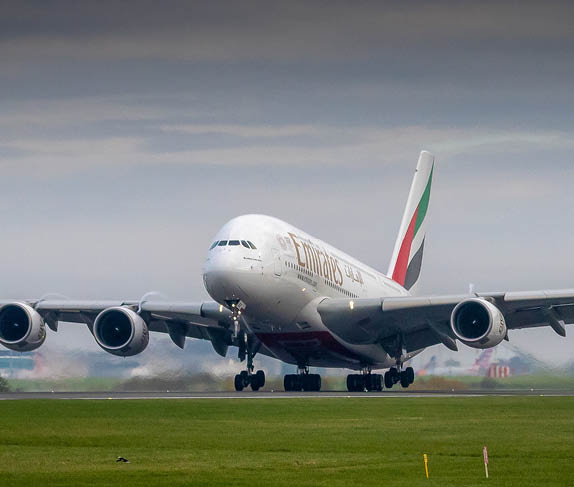Aeroflot domestic travel is going through the roof at the moment and one could assume that the same thing is happening for S7 and other Russian carriers, but traffic on international routes has fallen off a cliff these past ten months. With Oleg Safonov, the acting director of the federal agency for tourism (Rostourism), stating that: "Traveling to European countries has seen the biggest drop ever in the number of customers while the mass destination countries like Turkey, Thailand and Egypt has seen the smallest reduction of (Russian) clientele,” Even so, it is understood that average falls in traffic to these destinations is more than 25%.
The core reason for the fall in transits is the Ukrainian conflict, drilling down from this, in part, the reason for international travel contraction is due to the weakening of the Russian rouble against all major currencies following EU/US/Japanese sanctions. But by far the largest reason for the fall-off in international traffic comes from the blanket ban on all government agency and armed forces travel overseas, as mentioned here some weeks ago. The Kremlin hopes that this will boost the Russian economy as people are forced to spend domestically.
The end result thus far is that some 20 tour companies have gone out of business affecting some 138,000 airline passengers so far in 2014. That number, by any stretch, is very large indeed and is enough to fill some 920 A320/737 flights.
But the Kremlin is also actively trying to stop international transits of citizens working in the private sector by briefing on a regular basis over recent weeks “that there existed a considerable risk of contracting the [Ebola] virus while travelling through major transport hubs”. The Kremlin advises Russians to spend the holidays inside the country, “where the risks of falling ill were low”.
"Our task is to inform the market and tourists about the risks that foreign trips involve,” Safonov said while predicting an overall 30% cut in overseas outbound tourist traffic for 2014.
Watch for Russian airline passenger revenue figures over the coming months.
But where there is bad news to cloud a day there will always be a ray of light and so it is today: Checkout Sri Lankan airlines passenger numbers as the Sri Lankan tourist ministry is reporting an increase of foreign tourist traffic of 13.6% to 121,576 for October 2014 with very strong figures from India, China and the United Kingdom. For the past nine months of this year, arrivals were up by 21.5% year on year to 1,228,754.
Transits from East Asian countries were up 54.4% year on year to 22,656 for October with arrivals from China were up 138.9% year on year to 106,888 compared to 117,442 from the United Kingdom, up 4.4%. German tourists were up 23.8% to 7,966 and interestingly, considering the first part of this editorial - Russian visitors showed an increase of 4% to 5,512. Transits from the Middle East were up 0.6% to 8,840 with arrivals from Oman up 64.9% to 849. Saudi passenger traffic was up 0.04% to 2,652, while UAE passenger traffic was down 10.4% to 968. The Indian market showed growth of 19.8% year on year while Pakistan passenger traffic crashed by 33%.
Sri Lankan Airlines has strong growth in its core OneWorld markets and with deliveries of A350s now not too far off on the horizon, additional fuel savings should give the airline improved margins just as the deliveries of A330s to replace A340s have done. When it comes to traffic between Sri Lanka and Beijing, Shanghai and all of the major Indian hubs Sri Lankan airlines is king. And, although we are yet to see load factors for these flights for recent months, it looks certain that figures will be improved, so it begs the question – Does Sri Lankan Airlines need to think about up-scaling, maybe even getting their hands on an A380 (given that this is an Airbus operator)?

